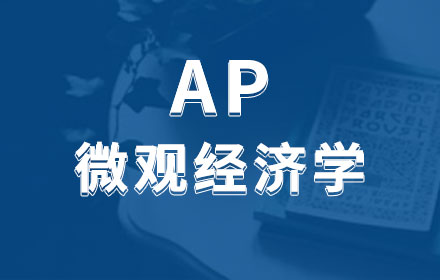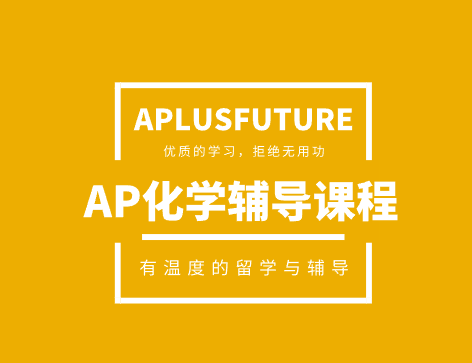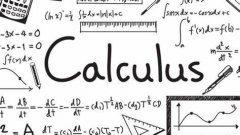AP生物各章重点词汇总结
来源:A加未来 时间:2021-12-10 10:47
AP考试是由 collegeboard 组织的,对AP课程学习效果检验的标准化的考试,一年举行一次,且仅有一次。今天小编着重讲解AP生物各章重点词汇总结。
Adaptation 适应性改变
Any inherited structure, behavior, or internal process that enables an organism to respond to environmental factors and live to produce offspring is called an adaptation.
Evolution 进化
The gradual change in a species through adaptations over time is evolution.
Growth 生长
Growth results in an increase in the amount of living meterial and the formation of new structures.
Reproduction 繁殖
One of the most obvious of all the characteristics of life is reproduction, the production of offspring.
Species 物种
A species is a group of organisms that can interbreed and produce fertile offspring in nature.
Stimulus 刺激
Anything in an organism’s external or internal environment that causes the organism to react is a stimulus.
Dependent variable 因变量
The condition that any changes in it depend on changes made to the independent variable is called dependent variable.
Independent variable 自变量
The condition in an experiment that is tested is the independent variable.
Ecology 生态学
Ecology is the study of interactions that take place between organisms and their environment.
Ecosystem 生态系统
An ecosystem is made up of interacting populations in a biological community and the community’s abiotic factors.
Niche 小生境
A niche is all strategies and adaptations a species uses in its environment.
Autotroph 自养生物
An organism that uses light energy or energy stored in chamical compounds to make energy-rich compounds is a producer, or autotroph.
Heterotroph 异养生物
An organism that cannot make its own food and feeds on other organisms is called a heterotroph.
Food chain 食物链
A food chain is a simple model that species use to show how matter and energy move through an ecosystem. In a food chain, nutrients and energy move from autotrophs to heterotrophs and, eventually, to decomposers.
Limiting factor 限制因素
A limiting factor is any biotic or abiotic factor that restricts the existence, numbers, reproduction, or distribution of an organisms.
Tolerance 耐受性
The ability of an organism to withstand fluctuations in biotic and abiotic environmental factors is known as tolerance.
Primary succesion 原生演替
The colonization if barren land by communities of organisms is called primary succesion. 原生演替( primary succession ) 在完全没有植物的基础上,如海洋上隆起的新岛,火山的溶岩流,新形成的湖沼等地方因植物移居发生的演替
Carrying capacity 环境容量
The number of organisms of one species that an environment can support indefinitely is its carrying capacity.
Exponential growth 指数增长
Exponential growth means that as a populetion get larger, it also grows at a faster rate.
Biodiversity 生物多样性
Biodiversity refers to the variety of species in a specific area.
Endangered species 濒危物种
A species is considered to be an endangered species when its numbers become so low that extinctions is possible.
Extinction 灭绝
Extinction is the disappearance of a species when the last of its members dies.
Diffusion 扩散
Diffusion is the net movement of particles from an area of higher concentration to an area of lower concentration.
Organelle 细胞器
With the development of better mocroscopes, scientists observed that all cells contain small, specialized structures called organelles, such as mitochondria, chloroplast and ribosme.
Nucleus 细胞核
The central membrane-bound organelle that manages or controls cellular functions is called the nucleus.
Plasma membrane 细胞质膜
Plasma membrane is the flexible boundary between the cell and its environment, to allow a steady supply of these nutrients to come into the cell no matter what the external conditions are.
Selective permeability 选择通透性
Selective permeability is a process in which a membrane allows some molecules to pass through while keeping others out.选择透过性专指细胞膜上膜蛋白的选择透过作用。如选择K+和N+进入细胞膜
Phospholipid 磷脂
A phospholipid has a glyceral backbone, two fatty acid chains, and a pgosphate group.含有一个或多个磷酸基的脂质。是构成细胞膜的主要脂分子
Transport protein 转运蛋白
Transport proteins move needed substances or waste materials through the plasma membrane.在叶绿体内膜上有很多运输蛋白选择性转运出入叶绿体的分子。叶绿体内膜上所有转运蛋白的运输作用都是靠浓度梯度驱动的,而不是主动运输。这不仅与细胞质膜的运输蛋白不同,也与线粒体内膜的运输系统不同,在线粒体内膜中也有主动运输的转运蛋白
以上是A加未来小编给大家带来的AP生物各章重点词汇总结的相关资讯,预祝各位考生AP考试取得满意成绩,5分向你招手啦~
A加未来国际教育作为国际课程辅导中心(A-level、IGCSE、IB、AP等国际课程),是中国最专业、最值得信赖的国际课程学习中心,是中国学生通往海外顶尖名校的桥梁。详情可以扫描下方图片上的二维码咨询。

下一篇:AP生物科目备考建议
推荐课程
-
AP课程2-4人小班精品课
班型特色 老师全程跟班督导。根据学生学习情况,制定...
-
AP微观经济学辅导培训
AP课程提供两门经济学课程:AP宏观经济学和AP微观经济学...
-
AP化学辅导课程
一、AP化学课程介绍 AP化学课程内容主要为物理化学...
-
AP课程周末同步课程
A加未来周末培训课程让学生通过每周末学习,定期强化...
-
AP生物辅导课程
AP生物课程是针对没有接触过生物学科,或者接触甚少,...
推荐阅读
-
AP物理C电磁学公式、考点及评分占比情
AP物理C电磁学是四门物理学科中难度最高的一门,同时却......[详细]
-
ap微积分怎么提高?这些指导建议请收下
AP微积分作为AP课程中的万金油学科,在众多热门专业申......[详细]
-
选择AP辅导机构的客观三要素,在哪里辅
在网上看到很多的网友发布的如何进行AP辅导机构的选择......[详细]
-
AP人文地理复习笔记【收藏】
AP人文地理复习笔记 ,简直不能更给力了,快来看看具体......[详细]
-
学习AP生物核心词汇整理
中国学生学习AP生物最大的一个痛点就在于数量庞大的专......[详细]













 13699228024
13699228024  在线咨询
在线咨询 

